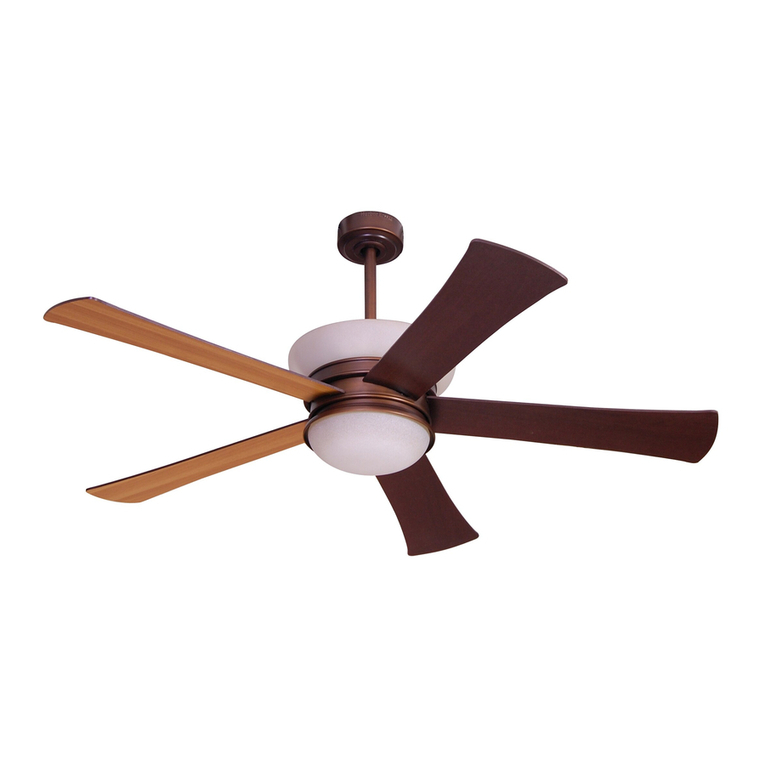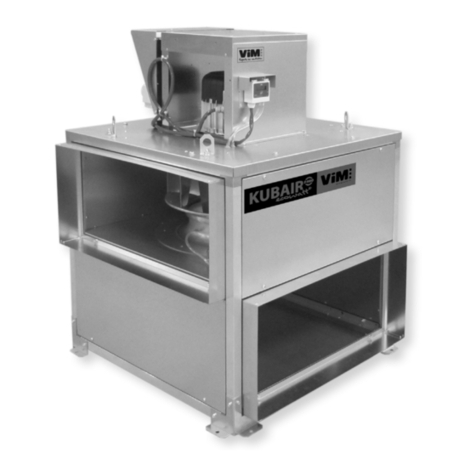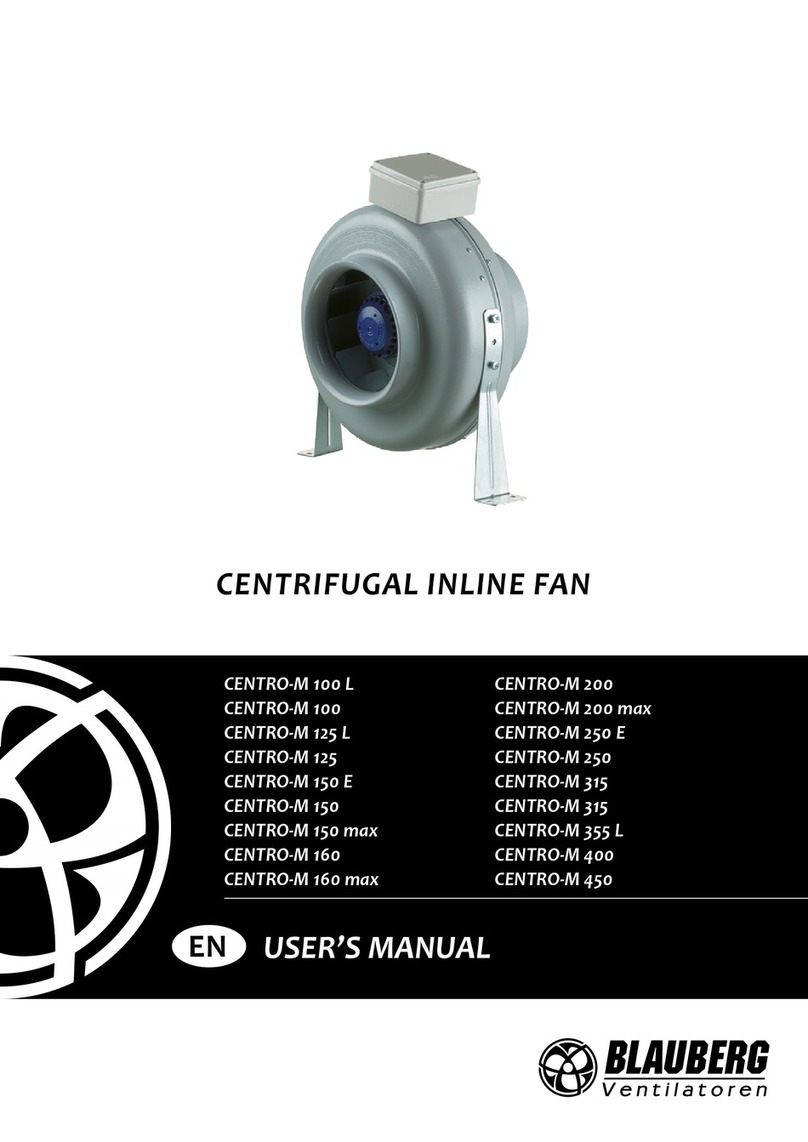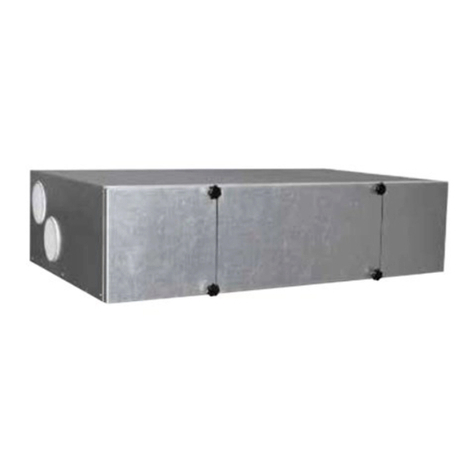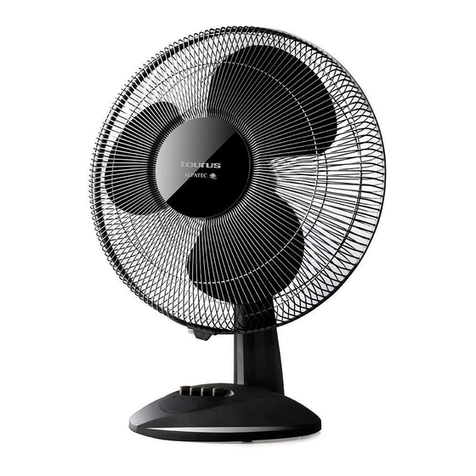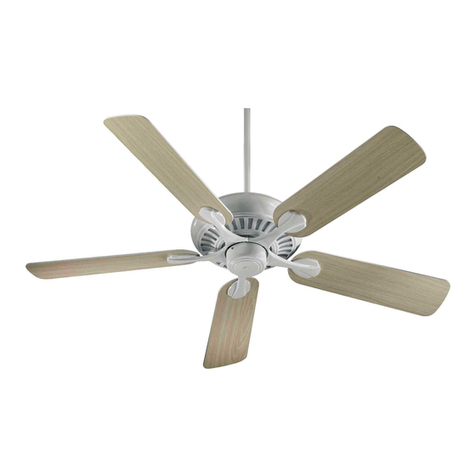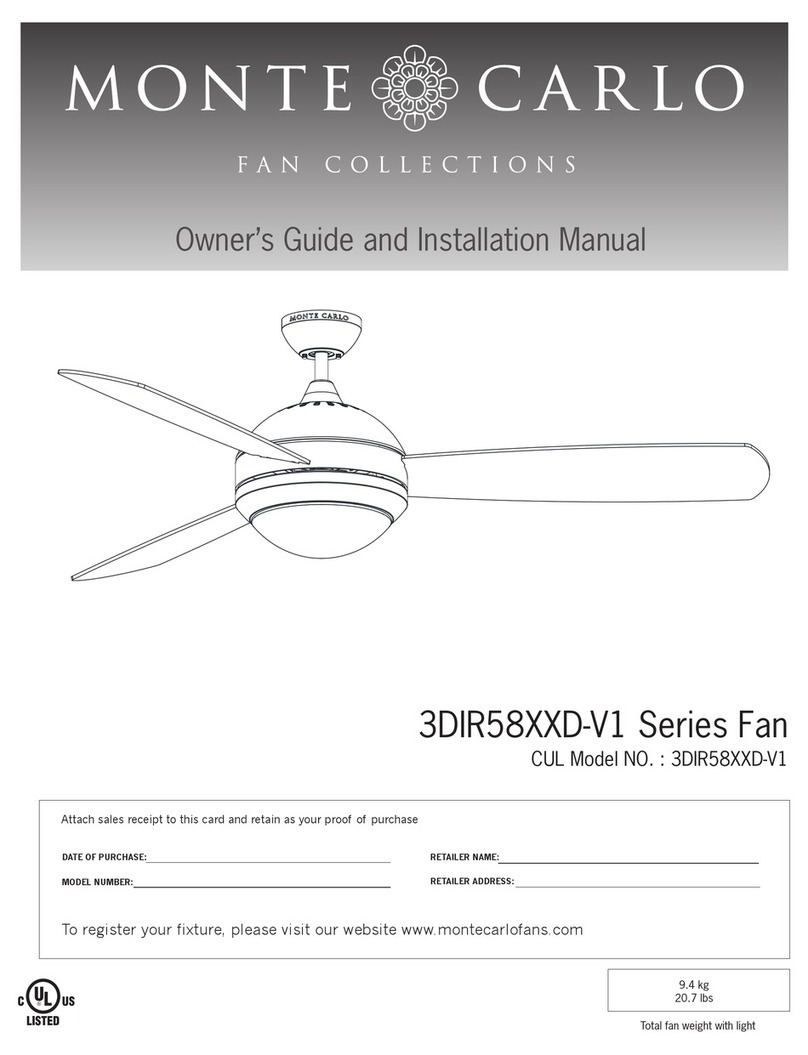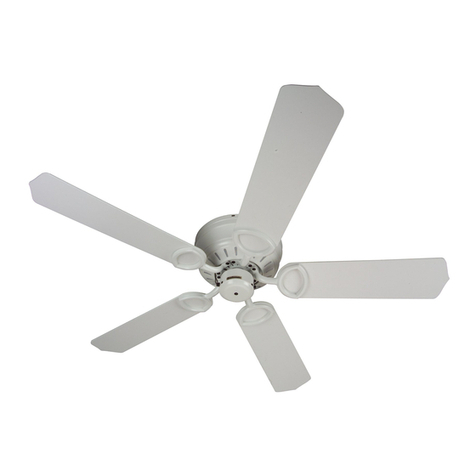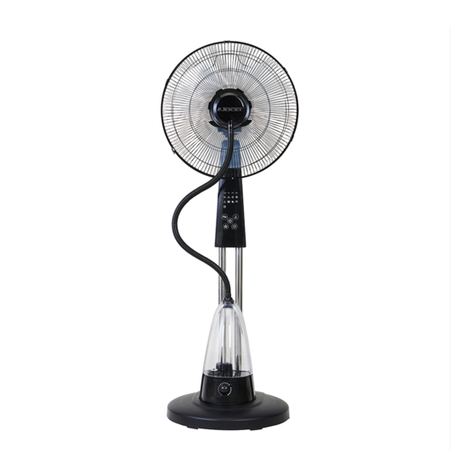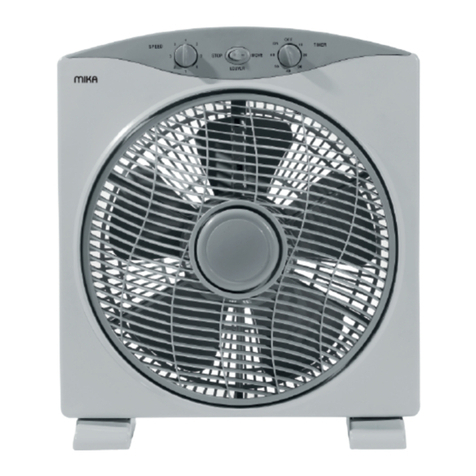
MORTEXPRODUCTSINCFORTWORTH,TX76106Page3
not less than 18 inches above the floor and the fan coil
unit must be located or protected to avoid physical
damage by vehicles.
12.These instructions cover minimum requirements and
conform to existing national standards and safety codes.
In some instances these instructions exceed certain local
codes and ordinances, especially those who have not kept
up with changing modular home and residential home
construction practices. These instructions are to be
followed and are the minimum requirement to perform
service or repairs on this appliance.
SECTION III: OWNERS INFORMATION
AND SEASONAL INFORMATION
How The Fan Coil Unit Works – Heating Cycle
The appliance is equipped with the controls necessary for
proper and safe operation.
The air handler is equipped with a relay(s), time delay relay,
transformer, Electric Heaters (Electric Heat Models Only), and
a blower assembly. The transformer provides 24 VAC to the
thermostat.
When the thermostat calls for heat on the electric heat models,
24 VAC is sent through the limit controls to the contactor coil.
The contactor energizes sending 240 VAC to the electric
heaters causing them to get hot. The indoor fan motor is then
energized on the selected heating speed tap after an “ON” time
delay and the circulating blower draws cool air from the living
space(s), passes it across the heater coils and circulates the
warmed air through the duct work to the living space(s). When
the thermostat is satisfied the electric heaters are de-energized.
The blower is also de-energized after an “OFF” time delay.
The heating cycle has ended and the fan coil unit is ready for
the next call for heat to start the next cycle.
When the thermostat calls for heat on the hydronic heating
models it sends a 24 signal to the “W” terminal on the control
board. If the model has a water pump the control board will
energize the pump causing the flow of hot water thru the hot
water coil, heating the coil. The indoor fan motor is energized
on the heating speed tap after the selected”ON” time delay.
The circulating blower then draws cool air from the living
space(s), passes it across the hot water coil and circulates the
warmed air through the duct work to the living space(s). When
the thermostat is satisfied the circulating pump is de-
energized. The blower is also de-energized after the selected
“OFF” time delay, the heating cycle has ended and the air
handler is ready for the next call for heat to start the next
cycle.
How The Air Handler Works – Cooling Cycle
When the thermostat calls for cooling, 24 VAC is sent to the
compressor contactor causing it to close energizing the
compressor and the outdoor fan motor. The indoor fan motor
is then energized on the selected cooling speed tap after the
selected “ON” time delay and the circulating blower draws air
from the living space(s), passes it across the cooling coil in the
air handler and circulates the cooled air through the duct work
to the living space(s). When the thermostat is satisfied the
compressor contactor is de-energized turning off the
compressor and the outdoor fan motor. The blower is also de-
energized after an “OFF” time delay and the cooling cycle has
ended. The fan coil unit is ready for the next call for cooling to
start the next cycle.
When the thermostat calls for heat pump, 24 VAC is sent to
the compressor contactor causing it to close energizing the
compressor and the outdoor fan motor. The reversing valve is
energized causing the flow of the refrigerant to reverse and
heat the coil inside the fan coil unit. The indoor fan motor is
then energized on the selected heat pump speed tap after the
selected “ON” time delay and the circulating blower draws air
from the living space(s), passes it across the coil in the fan coil
unit and circulates the warmed air through the duct work to the
living space(s). When the thermostat is satisfied the
compressor contactor is de-energized turning off the
compressor and the outdoor fan motor. The blower is also de-
energized after an “OFF” time delay and the heat pump cycle
has ended. The air handler is ready for the next call for heat
pump to start the next cycle.
NOTE: Hydronic Models use a control board where the “Y”
signal from the thermostat is connected to the “Y” terminal on
the control board and the signal is passed through “CLin”
terminal and the “Clout” terminal to the “CC” terminal. If a
compressor lockout switch is not used a jumper wire must be
placed across the “CLin” terminal and the “Clout” terminal to
get a signal on the “CC” terminal. You must use the “Y” and
“CC” terminals for the blower motor to operate during the
cooling or heat pump cycle.
Examination of the air handler
The home owner should perform a visual examine the furnace
every month for any defects or problems. The items to be
inspected are:
1. The physical support of the fan coil unit is sound without
sagging cracks, gaps, etc. around the base so as to provide
a seal between the support and the base.
2. The fan coil casing for any obvious signs of deterioration
from rust or corrosion.
3. The return and supply duct connections are physically
sound and are sealed to the fan coil casing.
4. The fan coil must be serviced by qualified personnel
annually, preferably at the start of each heating season.
FIRE OR ELECTRICAL HAZARD
Servicing heating/cooling equipment can be hazardous due
to electrical components.
Only trained and qualified personnel can service or repair
heating/cooling equipment. The home owner must never try
to perform service, repair or maintenance on this appliance.
Untrained service personnel can perform only basic
maintenance functions such as cleaning of exterior
surfaces and replacing the air filters.
Observe all precautions in the manuals and on the attached
labels when working on this appliance

